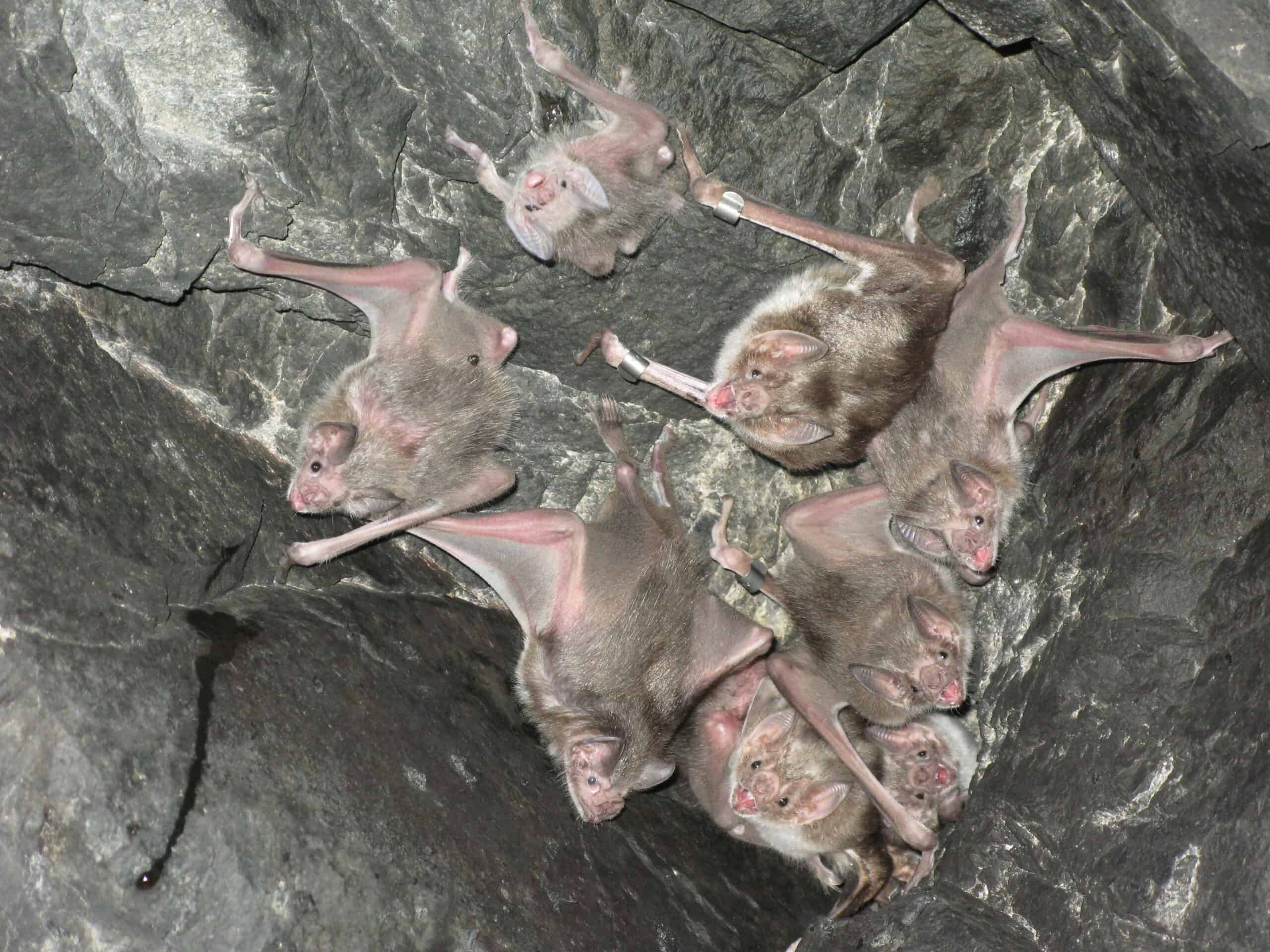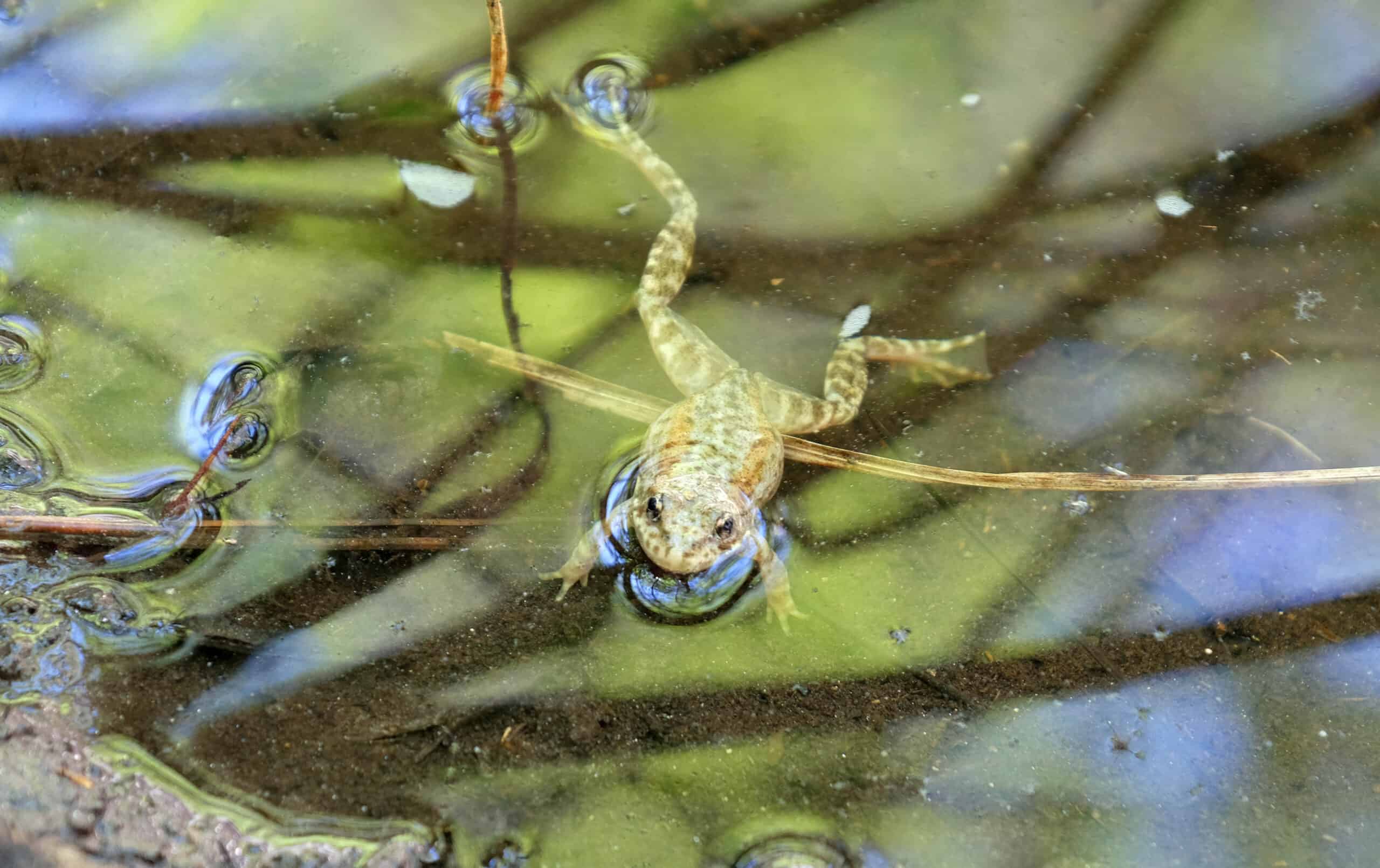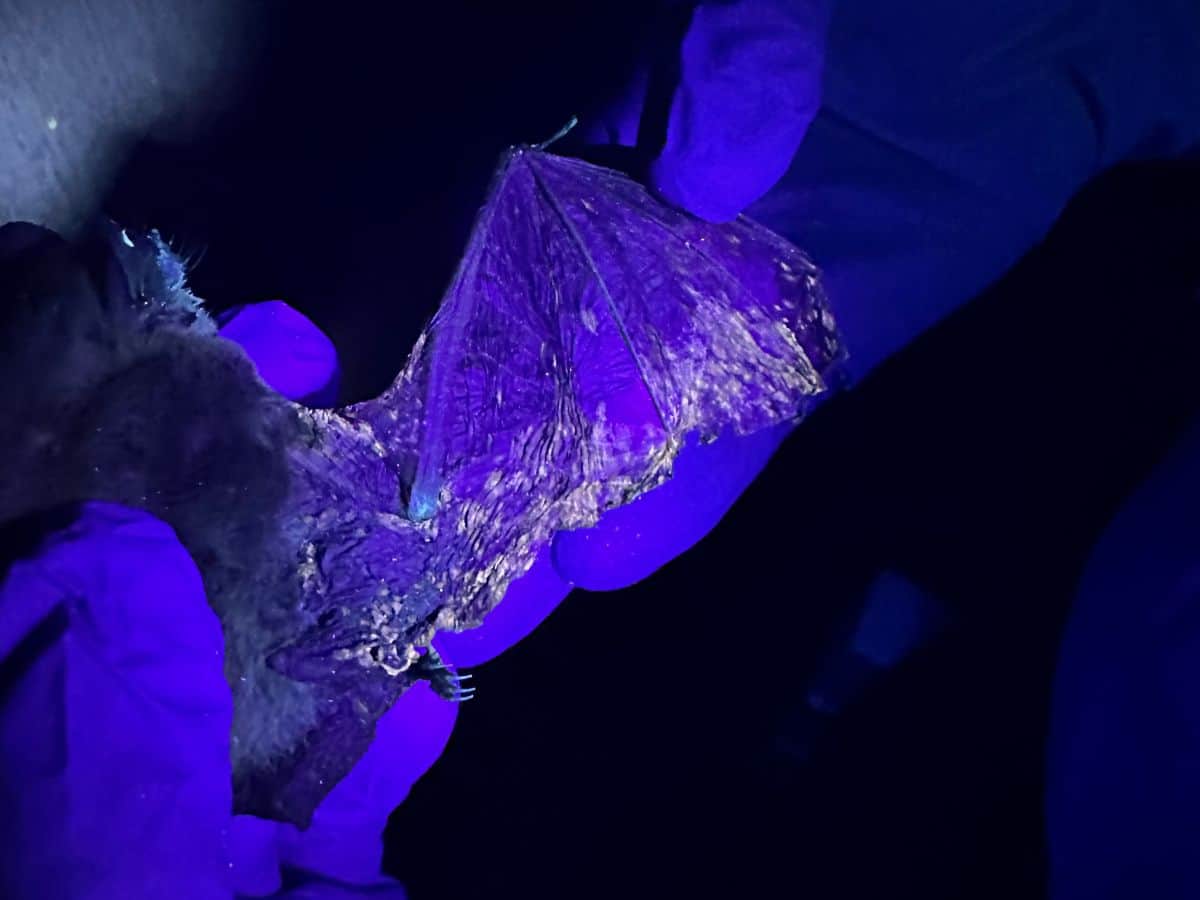Share this article
Wildlife Featured in this article
- vampire bat
Culling vampire bats may exacerbate rabies spread
Research on rabies management in South America reveals the shortcomings of some techniques
Culling vampire bats in Peru to stop the spread of rabies may be counterproductive. Latin American countries have been culling common vampire bats (Desmodus rotundus) for decades to control the spread of rabies to cattle, often using rodenticides. In a study published in Science Advances, researchers looked at how effective culling efforts were on bat populations in Peru. They then examined rabies genomes to see how the disease was spreading in the area. The analysis showed that culling bats may actually increase the spread of the virus—bats that weren’t killed but that may be infected fly farther away, taking rabies to new hosts in other areas. In areas without rabies outbreaks, culling might actually help. One alternative to culling bats is to vaccinate more cattle against rabies.
Header Image: Vampire bats are often culled in South America to prevent the spread of rabies. Credit: Daniel Streicker/University of Glasgow








